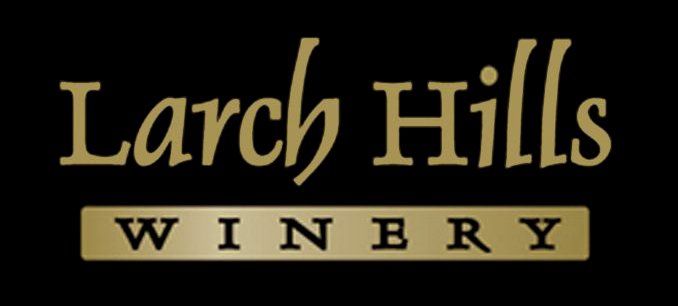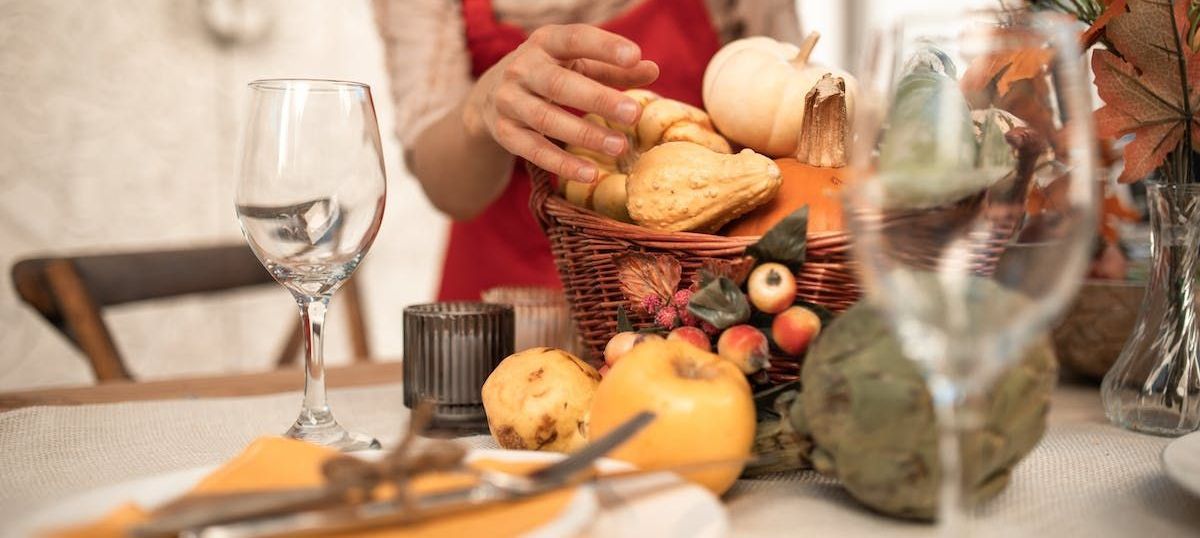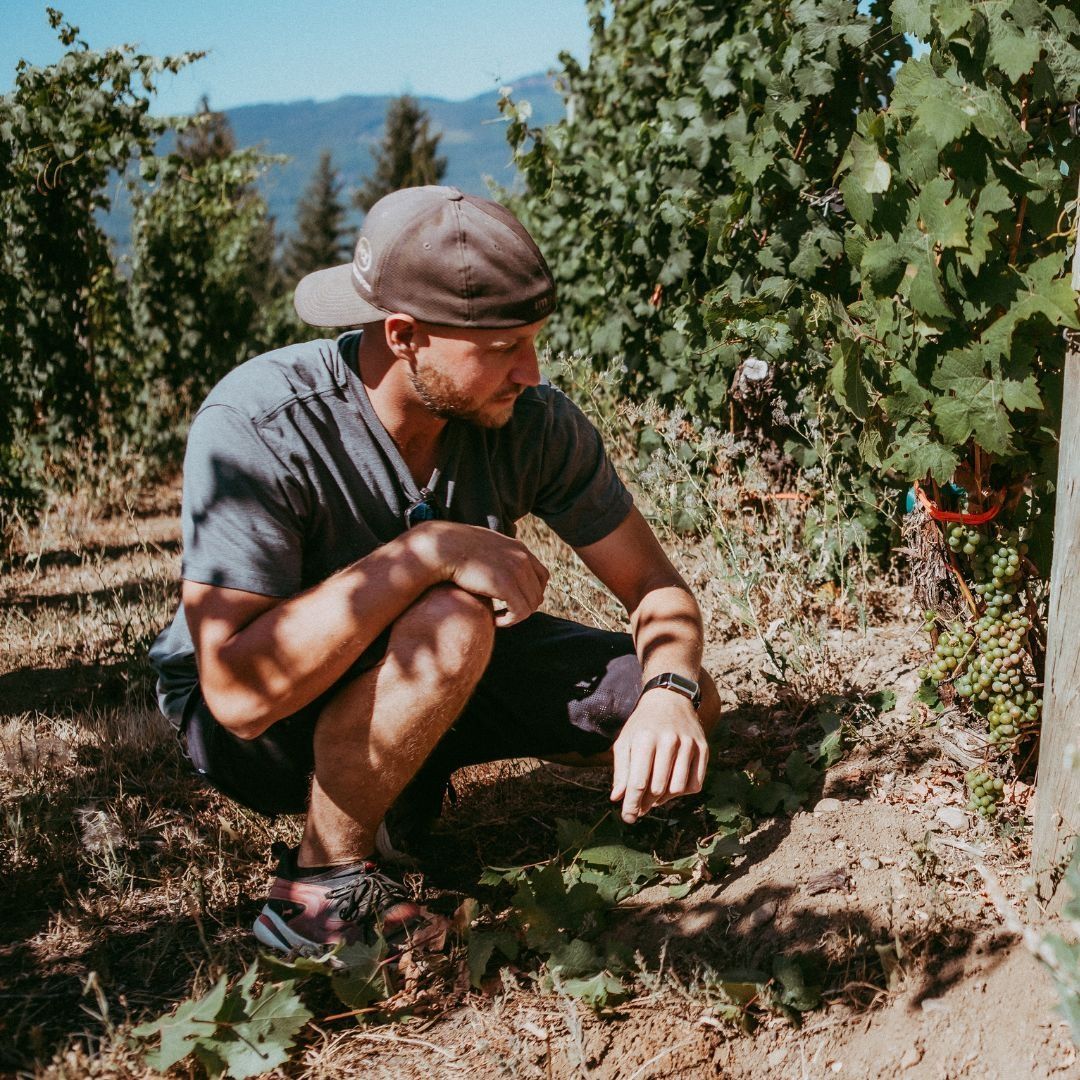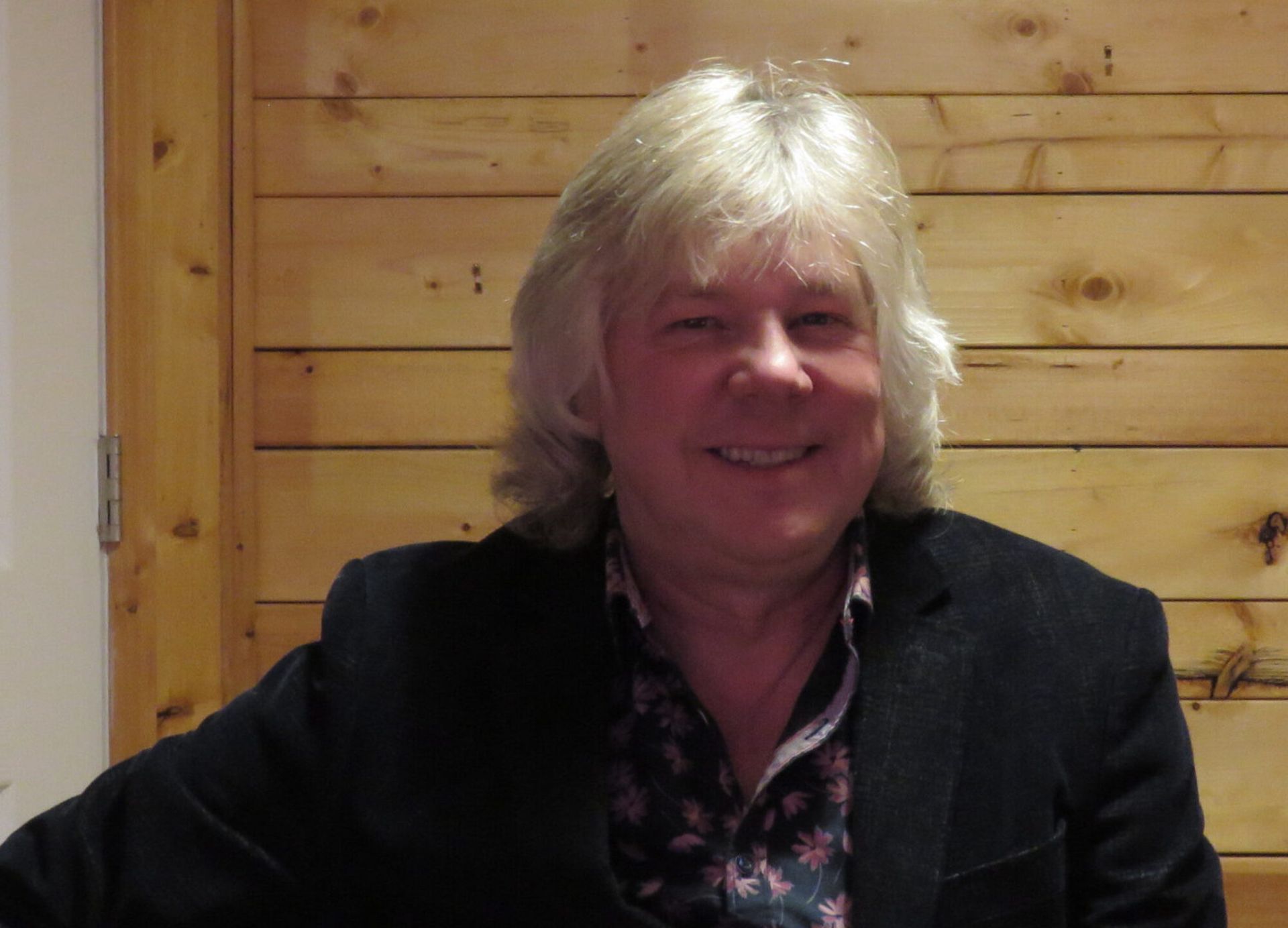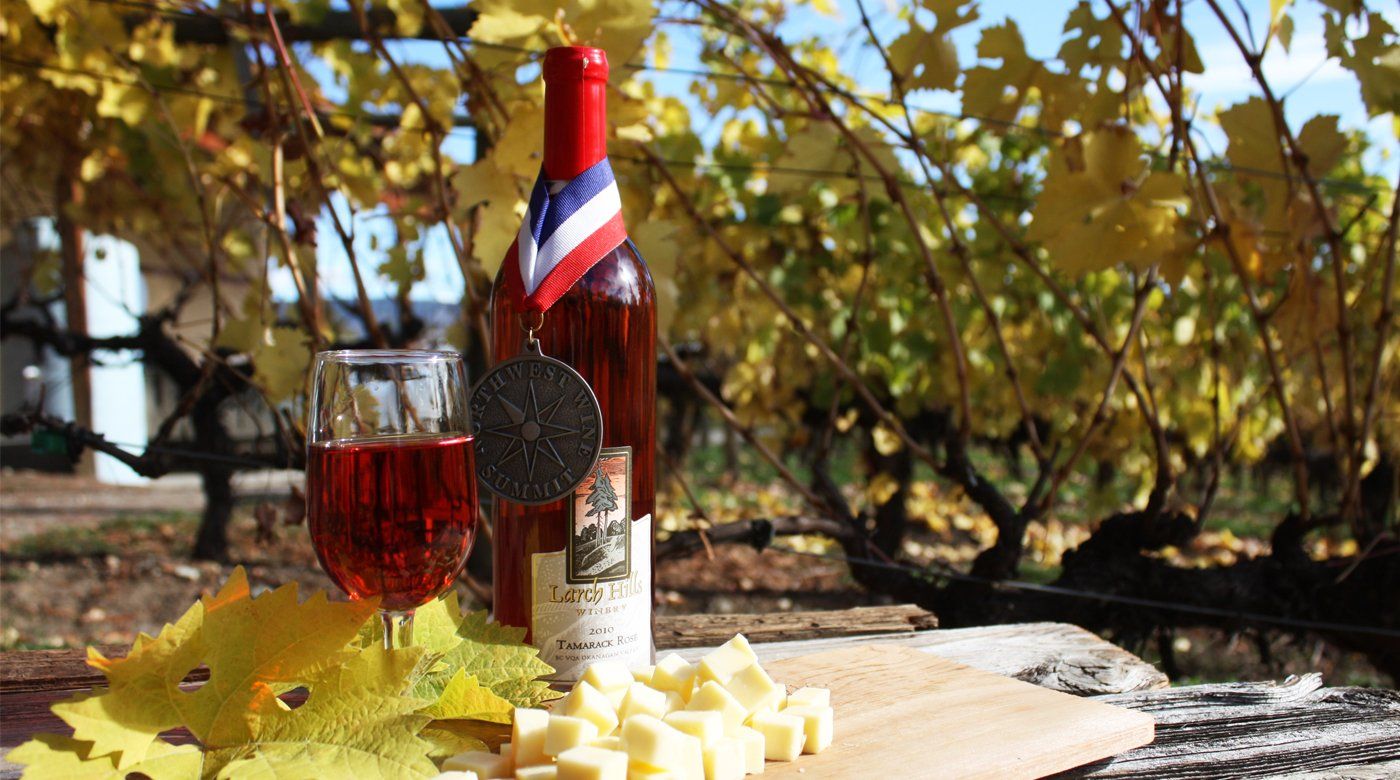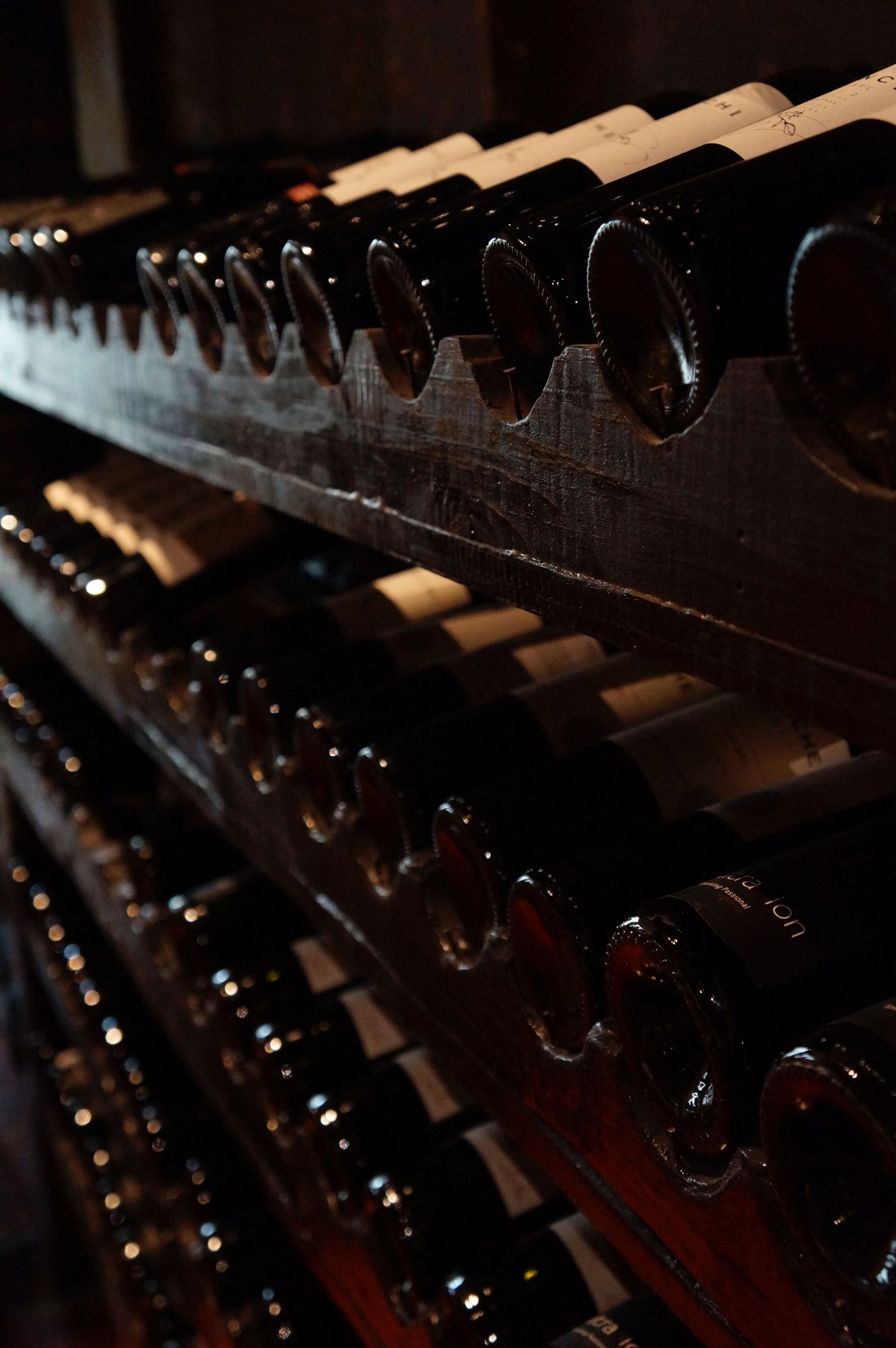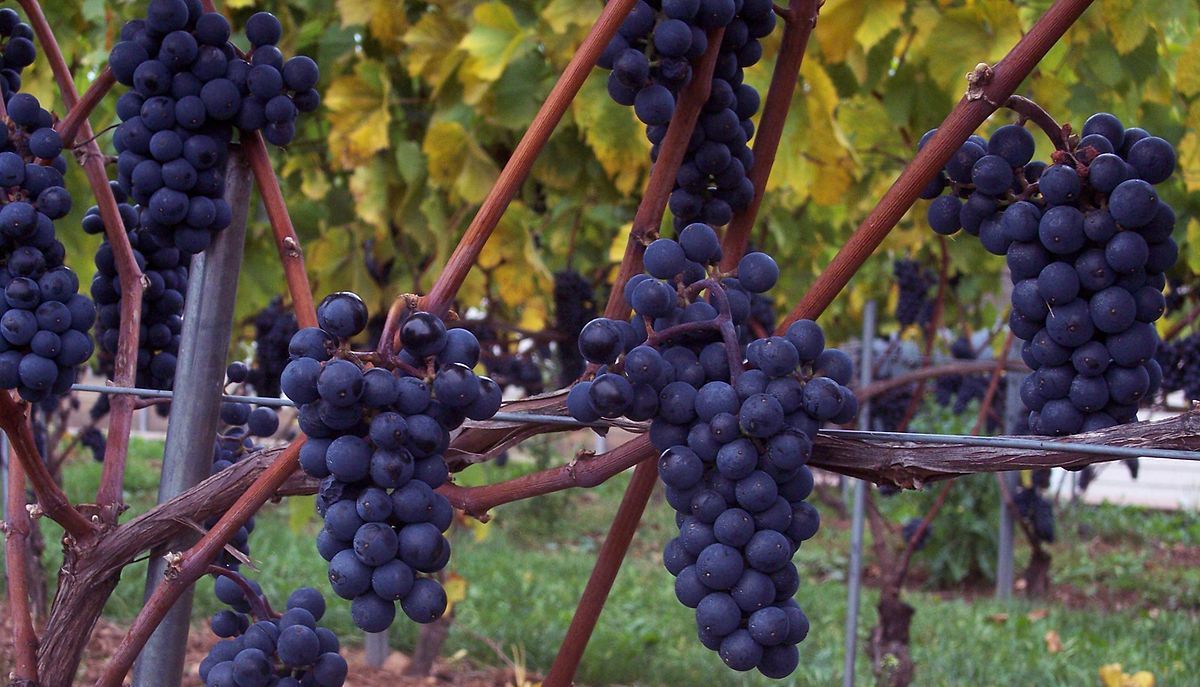Tips on How to Smell Wine and Develop Your Wine Sniffing Skills
Wine tasting is a fun and exciting hobby that exposes you to a plethora of wines that each contain a unique flavour profile and aroma. Unfortunately, wine tasting can often be intimidating to newcomers because it seems complicated and confusing.
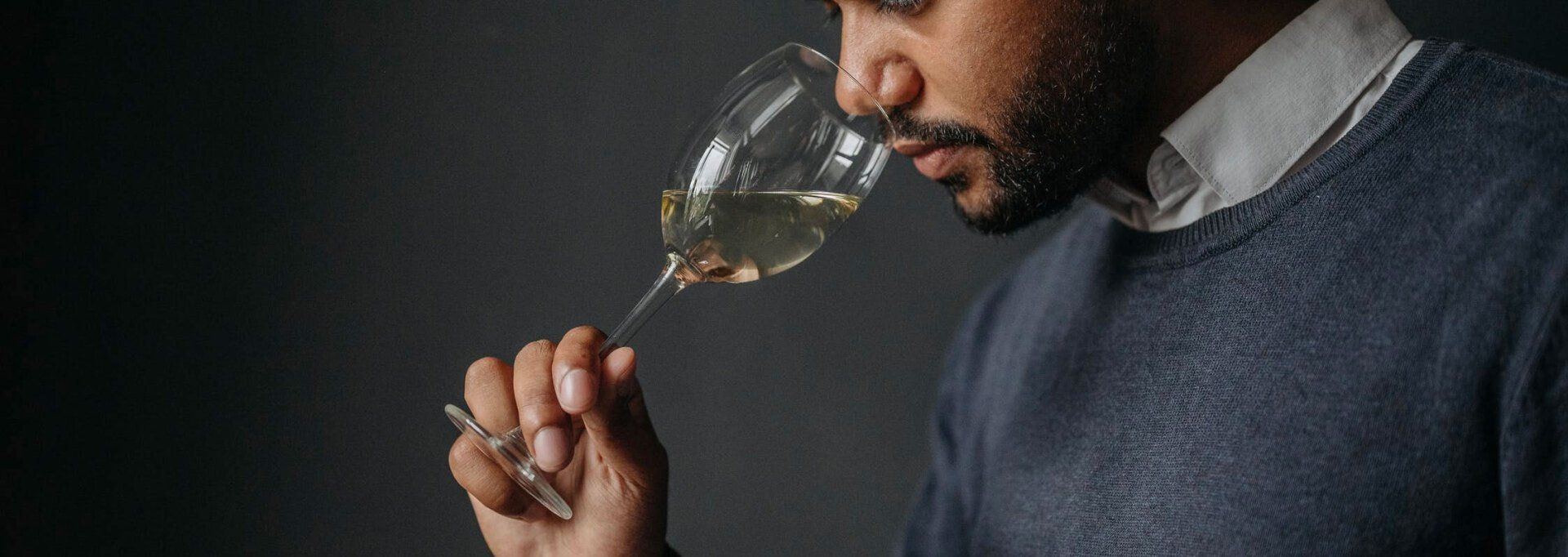
You can consider wine tasting a four-step process:
- Look
- Smell
- Taste
- Analyze
Many people start wine tasting because of the taste. However, smelling is an important part of the tasting process and will enhance your enjoyment of the entire process. It’s time to focus on the second step and help you get started truly enjoying the complex notes found in wine aromas.
Why Do People Smell Wine?
Your sense of smell is profoundly connected to your sense of taste. The ultimate purpose of smelling wine is to prepare your brain to process the actual taste. You can experiment with how smell impacts your taste buds by plugging your nose and eating a strawberry. Open your nose halfway through and you’ll immediately notice deeper and richer flavors from the strawberry.
Wine smelling has become an integral part of the overall wine tasting experience. It has gone well beyond simply preparing your brain for the flavour and has taken on an entire life of its own. Many wine enthusiasts consider the wine’s aroma when deciding if they like it, basing their decision on much more than just taste.
Where Do Wine Aromas Actually Come From?
The aromas from wine come from the ingredients used to create it. Wine, of course, is typically made from grape varieties, but other ingredients create the unique smells and flavors that draw people to certain wines. Different varieties of grapes also produce their own aromas.
Additionally, the aroma from many wines will change as it ages. Some notes will become more prominent with time, while others may disappear entirely. Wines that are stored in oak will also take on unique notes.
We will dive deeper into the specific categories that create wine aromas in the next section. For now, it’s important to understand that the ingredients and winemaking processes determine the aromas that affect the appreciation of wine.
It’s Time to Start Appreciating the Smell of Wine
New wine tasters are often confused about exactly what they’re supposed to be doing when smelling wine. Let’s go over a brief process to follow:
- Gently swirl the wine, which releases aromas and will create a richer scent
- Stick your nose as far into the glass as you can and close your eyes
- Breathe in deeply
- Think about what you’re smelling
The last step is where newcomers often get confused, what should you be thinking about? Remember that the aroma is indicative of wine tasting notes, so try to isolate specific notes.
Start with big broad categories and then narrow things down as you improve your wine tasting skills. If you start trying to isolate a subtle cherry flavor, you might get frustrated. However, if you simply focus on if the wine smells fruity or not, it’ll be easier to narrow things down as your nose becomes more sophisticated.
Wine aromas can be separated into three main categories:
- Primary Aroma: These major aromas are what many you’ll focus on at first and typically include fruits, floral, and herbal notes.
- Secondary Aroma: There are seemingly endless winemaking practices out there and each of them creates a unique aroma. You may not notice these aromas as strongly during red wine tasting sessions, but white wines often contain yeast-derivatives such as cheese rinds and nut husks that produce notable aromas.
- Tertiary Aroma: The last category comes from how the wine has been stored and how long it has aged. Most of these aromas are considered savory, such as cedar, cured leather, autumn leaves or dried fruit.
You’ll start by focusing on the primary aromas and it might take some time before you can pick up secondary or tertiary notes. As you keep attending
wine tasting events and develop your taste palate, you will also develop an appreciation for specific aromas. Eventually, you’ll have an idea about how a wine is going to taste only from smelling it.
Take Wine Sniffing Further With Expert Wine Tasting Tips
Wine sniffing is a difficult skill to develop. Most people haven’t had any specific hobbies or interests that include analyzing scents, so it’s a difficult skill to develop. The following expert tips will help you overcome some roadblocks and become a skilled wine sniffer:
- Move beyond the “wine smell”: People who never or rarely drink wine often say that it all smells the same. While true that there is a general scent common amongst many wines, diving deeper into this scent is where the appreciation begins. In the beginning, alternative between short sniffs and long sniffs to help get accustomed to the smell.
- Keep swirling your glass: Swirling releases aroma compounds and creates a much richer smell. Swirling might seem simple and obvious, but it’s an entire art itself that you’ll develop as you continue to attend wine tastings.
- Take a large sip followed by smaller sips: Taking a sip of wine helps validate what you experienced when sniffing. Take a large first sip followed by smaller sips to isolate specific flavors that will then relate to what you smelled.
- Order flights to advance faster: Many wine bars and wineries allow you to order a flight of wine. A flight of wine contains smaller portions of multiple wines. Tasting (and sniffing) different wines back to back develop your senses and highlight the differences between them.
Remember that your terms are based on experiences: Don’t think that you’re wrong if you smell something that others don’t - the way you describe smells is based on what you’ve smelled before. You are likely still correct if what you experience doesn’t match up with others.
Your Wine Tasting Journey Begins with a Single Bottle
Wine tasting is a wonderful hobby that exposes you to one of the most culturally significant beverages of all time. You’ll experience a breadth of smells and flavors that aren’t found anywhere else. Read one of our earlier posts for things you should know before going to a wine tasting event
Over time, you’ll discover flavor profiles and aromas that you crave and others that you avoid. The entire journey begins by
buying a bottle of our high-quality wine and fully appreciating it.
